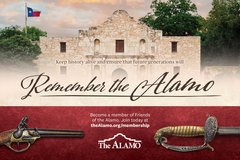Three excavation units (EUs) located along the north perimeter wall were active this week. EU-1 dug to a depth of 60 cm below surface. During excavation multiple utility conduits, and the associated utility trenches, were exposed. The top levels of the unit consisted of loamy- and silty-clay, indicative of the landscaping prior to excavation. The footing of the perimeter wall was also encountered in this unit. EU-1 averaged approximately one level per day.
EU-3 excavated to a depth of 70 cm below surface. Like EU-1, this EU revealed multiple utility conduits. Soils were predominantly silty-clay with root and calcium carbonate inclusions. Wide range of artifacts are coming out of this unit, such as ceramic sherds, marine shell, hand-forged and machine-cut nails, turtle scoots. This EU also encountered the footing of the perimeter wall. EU-3 averaged approximately one level per day.
EU-5 excavated to a depth of 60 cm below surface. EU-5 included two distinct soil types, a dark silty clay at the north extent of the unit and a soft, gray silty clay within the southern 2/3 of the unit. The dark silty clay resembles a possible construction trench. This soil does not contain many artifacts. The gray soil, however, is very rich in artifacts including Spanish Colonial ceramics, European earthenware, marine shell, hand-forged and machine-cut nails, glass, and more modern material. This gray soil also has an abundance of charcoal fragments. The diverse artifact assemblage found within this soil indicates a mixed deposit. There was a modern concrete post encountered at the northern extent of the unit and continues to extend deeper. At this time we have not identified any date-specific stratigraphic layers. EU-5 averaged approximately ½ layer per day.




